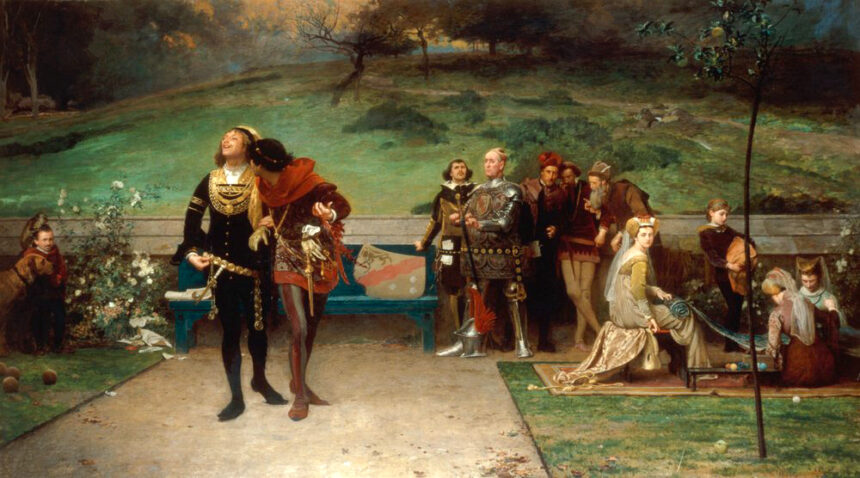Commentary
Being the heir of a successful king is always a challenging task, especially if you do not possess the same virtues as your esteemed father. Edward II faced this dilemma as he was not the accomplished military leader that his father, Edward I (also known as “Longshanks” and “Hammer of the Scots”), had been. His defeat at Bannockburn in 1314 against the Scots is still celebrated today, 700 years later.
Unlike Edward I, his son lacked political acumen. Edward II’s lavish gifts to his favorites alienated the nobility, leading them to warn him in 1308 that their loyalty lay with the English crown, not the individual king. They made it clear that if the king’s actions diminished the crown, they might be compelled to take action against him.
Edward’s reign was marked by misgovernment and arrogance, which eventually led to a rebellion led by his wife, Isabella, and her lover, Roger Mortimer. After their victory in late 1326, they sought ways to legitimize the deposition of Edward II and the ascension of his son, the future Edward III.

The tomb of King Edward II at Gloucester Cathedral in Gloucester, England. Valerie2000/Shutterstock
An assembly convened in the name of the young Edward as Guardian of the Realm, with Mortimer outlining the reasons for Edward II’s removal from the throne. They accused Edward of incompetence, neglect of duties, crimes against the church and nobility, and following evil counsel.
Edward II was deposed and subsequently died under mysterious circumstances, with many suspecting foul play. His removal from power set a precedent for future English monarchs, leading to the deposition and execution of rulers like Richard II, Henry VI, and Charles I.
Edward’s downfall played a significant role in shaping the constitutional development of the British monarchy, laying the foundation for the system in place today.
Views expressed in this article are opinions of the author and do not necessarily reflect the views of The Epoch Times.
Please provide a sentence or passage for me to rewrite.
Source link







